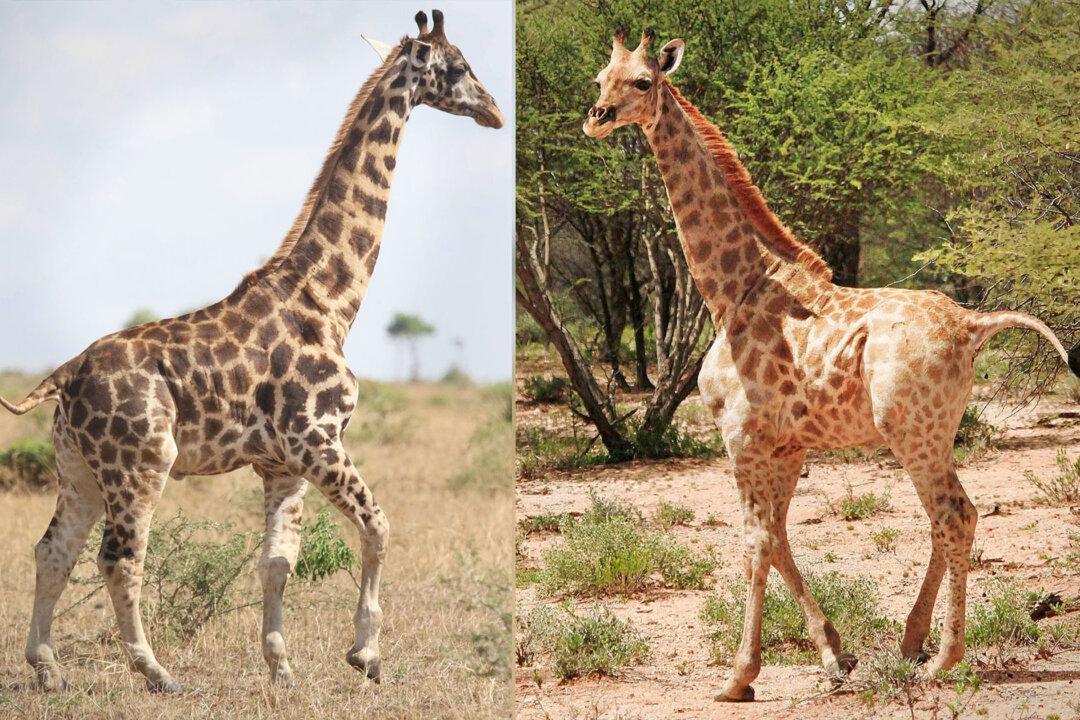Conservation scientists with the Giraffe Conservation Foundation (GCF) have discovered two giraffes with a rare form of dwarfism that renders the animals half their normal size and height.
In fact, these giraffes are so small, they’re only a foot or two taller than a large human.






